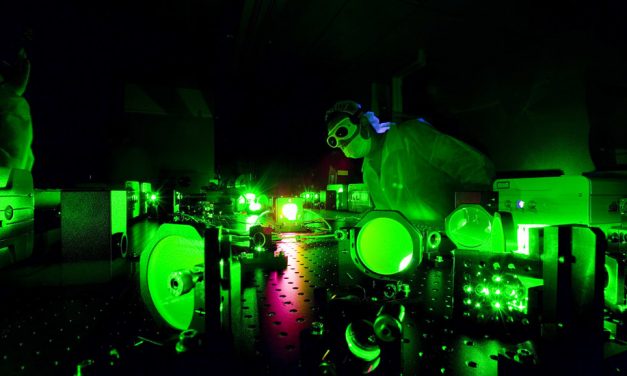Artificial Intelligence’s Great Promise Comes With Inherent Risks
In the last few years, artificial intelligence and machine learning has taken a big leap in sophistication. AI-powered technologies already run many things we take for granted, from GPS navigating apps to financial trading. Many of the largest tech companies like Google and IBM are pouring billions of dollars in AI and machine learning research. According to the latest data from the International Data Corp (IDC) projects, worldwide spending on AI systems will hit $12.5 billion in 2017, an increase of nearly 60% from 2016. IDC projects this global spending to increase at a compound annual growth rate of 54.4%...
Read More








